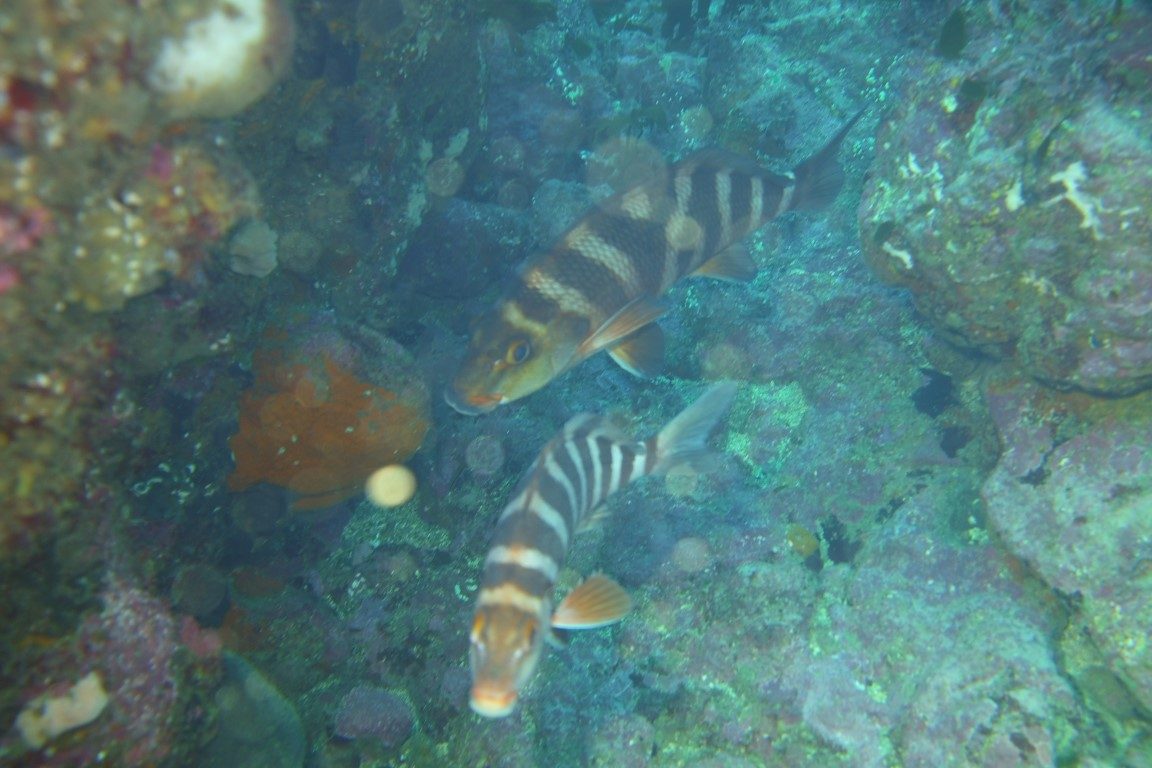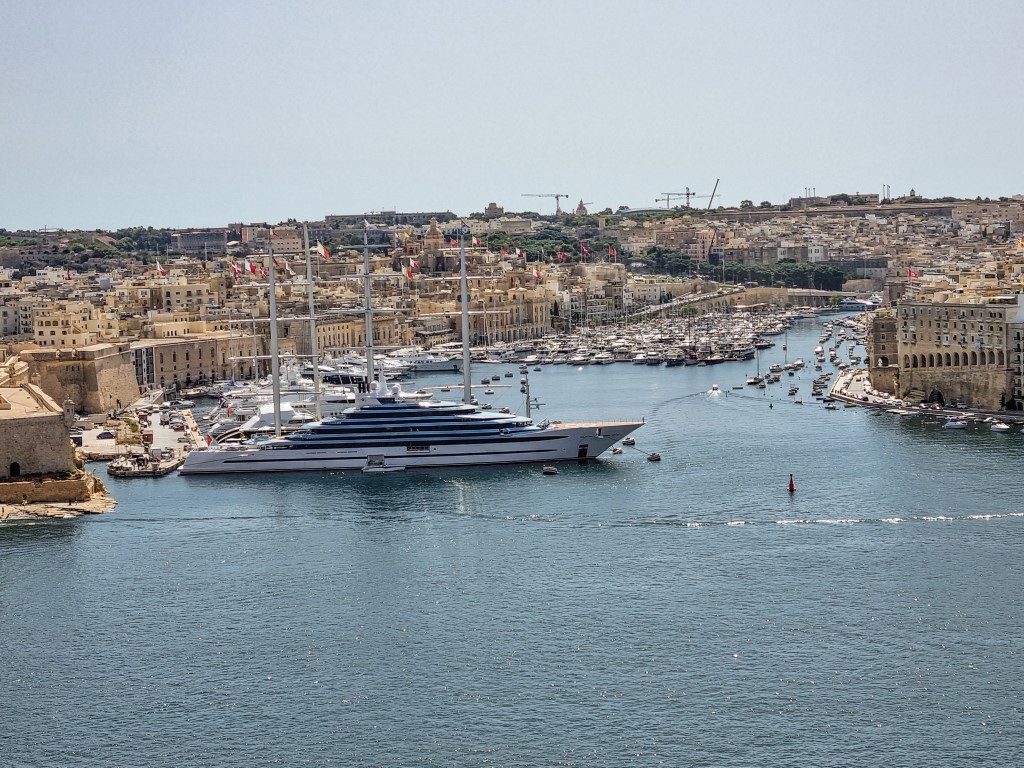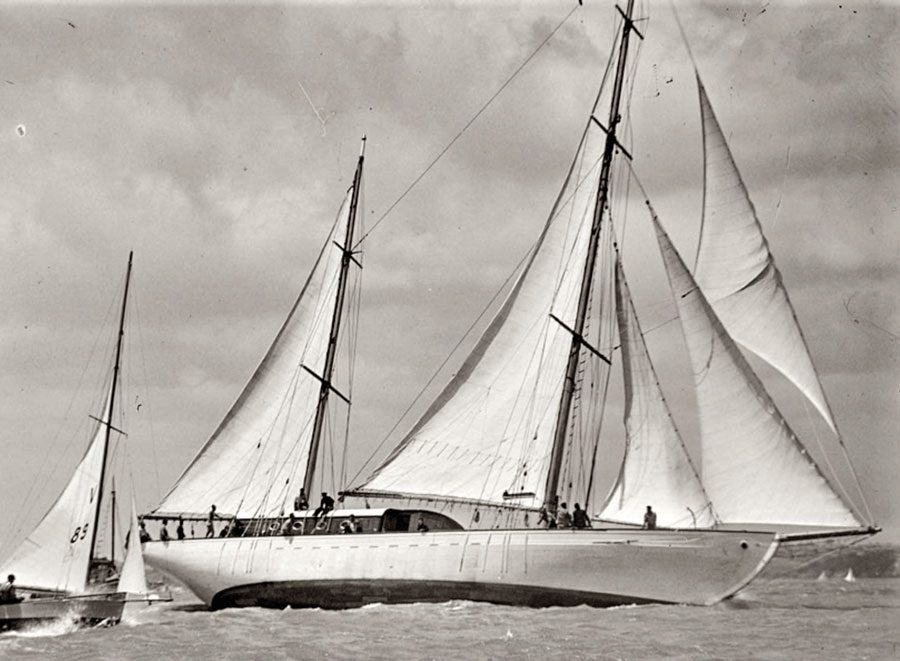

“My navigation is all to hell. I know nothing of handling a ship and have killed myself trying. My capital is gone, my career’s gone – oh brother, are you a failure?” Story by Matt Vance, photos supplied.
These are the thoughts of a tired, storm-lashed mind on a small vessel in a big ocean. Yet these were the very words used in the first few days of a six-year voyage from London to Westport via the Suez Canal by one of New Zealand’s earliest and toughest solo sailors.

Adrian Hayter completed his voyage in the Albert Strange-designed 32-foot gaff-rigged yawl Sheila II and in 1959 he published a book about his journey – Sheila in the Wind. It is a tale that stands out from others of its kind mostly because of its author, and his ability to think and to write.
Before sailing entered his life Hayter had dedicated himself to a military career. As a young man he attended the prestigious Sandhurst Military Academy in the UK and distinguished himself in his second day in action in WWII while taking a strongly-armed Japanese defence post in Burma. Only nine of the 60 men in his Gurkha company survived the attack and he received a Military Cross and a handful of shrapnel for his troubles.
More than the shrapnel or medals, it was the horror and injustice of war that affected him deeply and while many of his veteran peers took to the bottle, Adrian sought the answers in the sea. With little sailing experience, he set sail from Lymington, UK for New Zealand via India and faced a steep learning curve on how to handle his ship and how to handle himself. The challenge of sailing solo seemed to strip him back to his essential being and it was there that he sought his answers.
Exhaustion and fear were a near constant in his voyage against the prevailing winds. As such essentials as self-steering had yet to be invented Hayter repeatedly drove himself until he dropped. There are some harrowing accounts in the book, yet none so stark as the voyage from Singapore to Australia through the doldrums where the tropical water allowed a crop of goose barnacles to flourish on Sheila’s underwater sections.
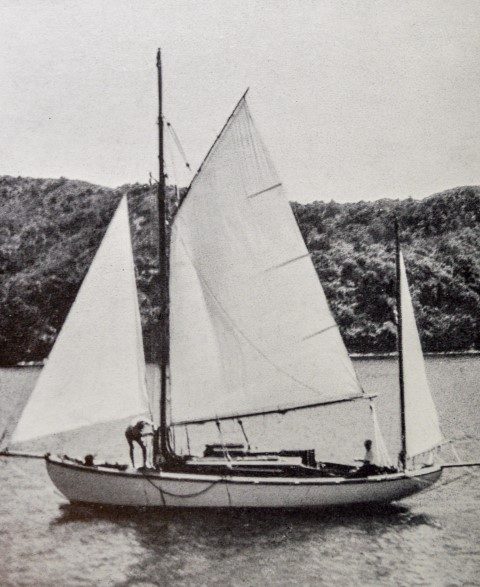
This slowed progress and stretched both food and water supplies to the point where death looked imminent. He arrived on a beach near Geraldton, Western Australia two months overdue, and a physical and mental wreck.
On shore at his numerous stopovers he found other treacherous conditions. His desire to meet the locals in all their forms sometimes alienated him from the expatriate society who had initially welcomed him. Friend quickly turned foe and indeed his character appeared to polarise people. He was showered in friendship and helped in small ways only to be obstructed by others. Much of the obstruction, as it turned out, came from bureaucrats and he developed a well-justified, life-long mistrust of them!

In some ways Adrian was New Zealand’s answer to the French sailing cult hero Bernard Moitessier. Both ex-soldiers who sailed solo as a way of seeking answers to what they had experienced; both were looking for their place in the cosmos and seeking to explain a world gone mad with hate and greed.
For this reason Hayter’s inner voyage was equally as daunting as his physical one. He constantly wrestled with the balance of freedom, responsibility and authority. Sheila II’s library was a trove of religion and politics and this unique combination of intellect and character meant that tossing the books that irked him over the side was not an uncommon occurrence.
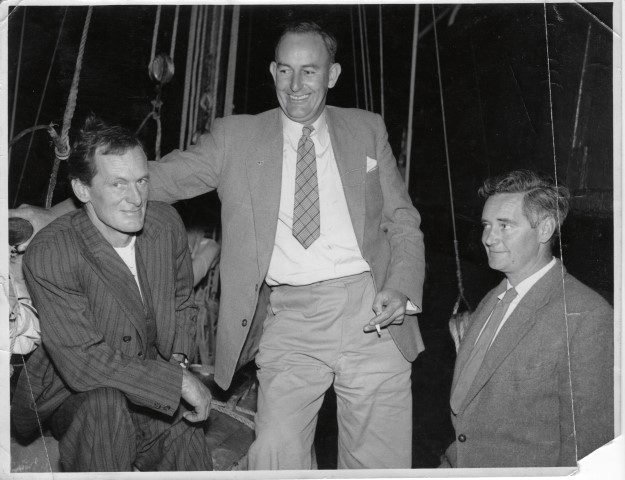
At the completion of his voyage he briefly settled down to married life before returning to England by ship where he bought the Nordic Folkboat Valkyr to sail to New Zealand, this time via the Panama Canal. He left behind his wife Tamsin and a one-year-old daughter, Sarah. Their second daughter, Rebecca Hayter, former editor of Boating New Zealand, was born after his return.
Going downwind via the Panama Canal to New Zealand meant for an easier trip, yet there were still huge risks taken with the Atlantic hurricane season and the normal deprivations that were induced by having to hand steer. Arriving in Nelson in 1962 he became the first New Zealander to attempt such an audacious solo voyage.
I suspect returning to shore life was a difficult task for someone of Hayter’s calibre. In the years after his last voyage he helped to establish the Cobham Outward Bound School in Anakiwa, did a year as winter-over leader at Scott Base, worked as a teacher and a fisherman, was a father and even attempted a couple of forays into politics.
Through it all he remained gloriously out of step with the world he found himself in. Like all of us he had his fears and doubts, but unlike most of us he pushed himself to confront these in the most extraordinary way. He had an incredible intellect which constantly questioned the world – making him friends and enemies, overcoming long odds – and writing compelling books.

